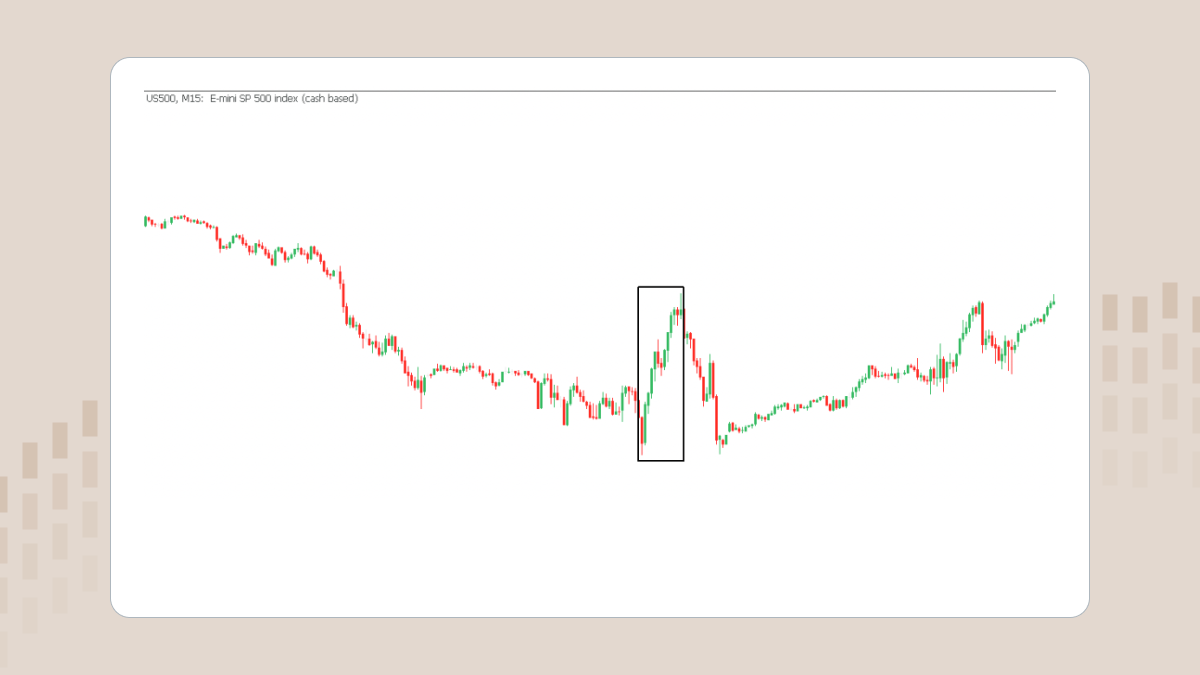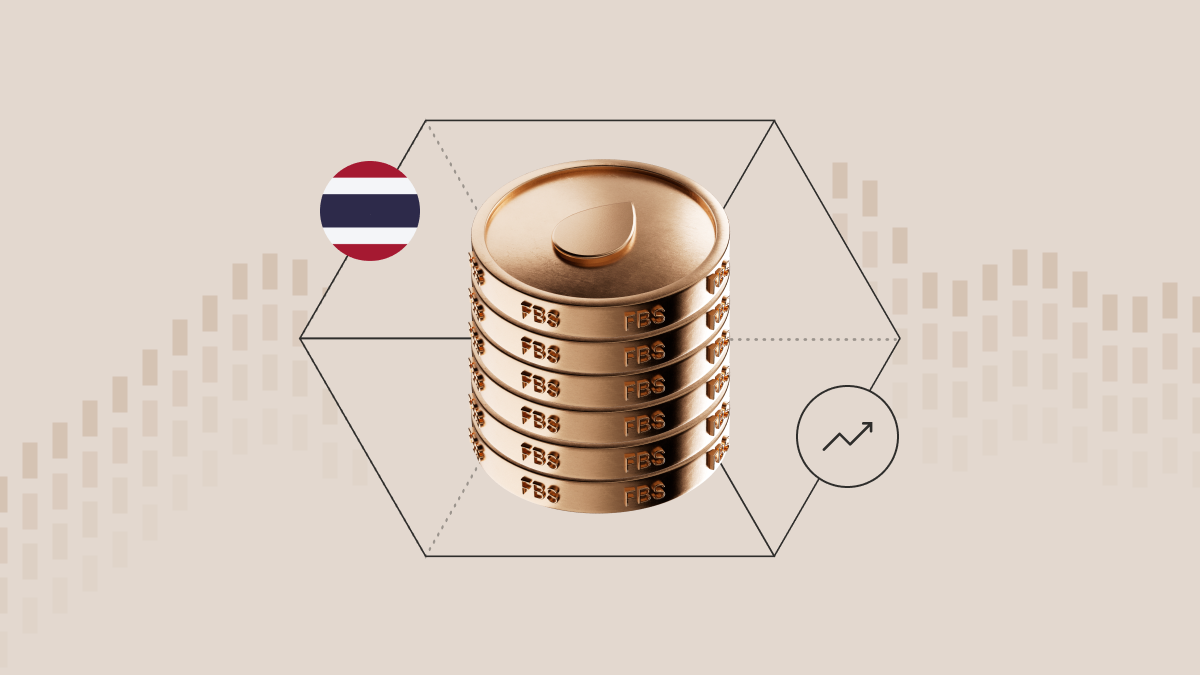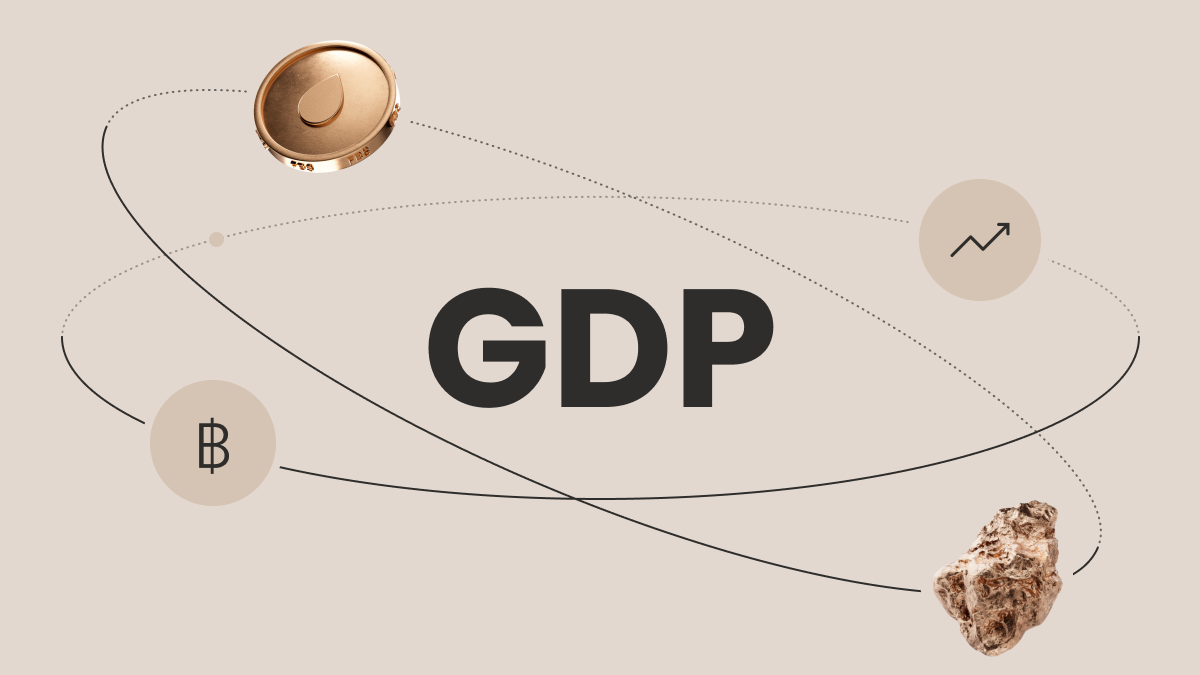Why net exports are written as X−M
The term X-M in the calculation of GDP means net export-the difference between a country’s total exports and its total imports. This helps analyze the balance of trade and, hence, the net impact on a country’s gross domestic product arising from that country’s trade with the rest of the world.
If the X−M ratio is positive, the GDP of a country will reflect that. A positive X−M ratio leads to a competitive economy, which means the rest of the world will tend to demand much higher goods and services.
In contrast, when X−M takes a negative value due to imports exceeding exports, this subtracts from the GDP. This might be a result of dependence on foreign services and goods, and the deficit will compound over time, affecting the state of the economy long-term.
GDP value: positive/negative
Positive and negative GDP values have a huge impact on the economy and financial markets. Positive GDP growth rates are very often seen in strong developing economies. That’s because enterprises are producing more goods and services, driving up employment. All of this is likely to bolster consumer and business sentiment. Stock market investors usually associate positive GDP growth with increased earnings expectations and possible growth opportunities.
For example, the July 25, 2024 release of the US GDP was higher than expected by 0.8%, which led to a notable rise in the US500 during the day.

Conversely, negative GDP growth rates reflect economic recession. It could result from any number of reasons ranging from consumption decline to decreases in investments or exports. Increased unemployment, reduced income, and decline of business profitability are generally associated symptoms of negative GDP growth and deteriorating market conditions.
How to use gross domestic product
Assessing economic health: GDP is among the most comprehensive measures of a country’s economic activity. Investors consider it one of the noteworthy indexes for ascertaining whether the economy is experiencing growth or shrinkage. Growth in GDP usually indicates that the economy is getting stronger, confidence in investors is rising, and the stock price is likely going up.
Timing market entries and exits: Most of the time, traders’ choices about when to enter or exit the market are guided by GDP trends. The GDP is a lagging indicator and tends to confirm the economic condition; however, it still supports traders in making decisions about how they should enter or exit the market.
Sectoral insights: Some components of the GDP can be analyzed through an analysis that tends to include investment and consumption. That means you can identify which industries have remained driving forces for economic expansion.
Impact on currency and bonds: GDP growth might be the main driver of the value of currencies and even bond markets. A higher GDP level may lead to a higher currency and, in the process, higher interest rates, which in turn may affect investment strategies in the forex and fixed-income markets.
Disadvantages of GDP
Although it is a chief economic indicator, it is also seriously limited. GDP does not consider income inequality. It can, therefore, still reflect economic growth even when all the wealth is concentrated among just a few people. This is one of those areas that give a misleading impression of the general health of an economy. The GDP also doesn’t consider non-market activities, which include domestic and volunteer work, and greatly contribute to the development of society.
Moreover, the indicator does not take into account environmental costs against economic production, which may overestimate benefits. Finally, GDP reflects past economic performance as a lagging indicator and has limited predictive value for future economic trends.
How related are GDP and the SET index?
An intimate knowledge of the relationship between GDP and stock indexes, the SET (Stock Exchange of Thailand index) in particular, is critical for investors. GDP characterizes the general economic state of the country, and its growth underlines the general prosperity of business, which in turn raises corporate income.
In Thailand, high GDP growth rates will boost investor confidence in the SET index as they indicate economic expansion, good business performance, and stable consumer spending. Conversely, the establishment will decline when GDP growth starts to decline or contract, as a negative indicator may be a sign of impending economic trouble, which brings with it the potential for lower corporate profits and costs from investor-consumers.
Dynamics of Thailand’s GDP over 10 years and its forecast
Thailand’s GDP has consistently experienced fantastic ups and downs over the past decade, reflecting the hardness and vulnerability of the economy. From 2014 through 2019, stable rates of GDP growth averaged about 3-4% per year, supported by high exports and consumption at home. But, due to great reliance on tourism and exports, in 2020 the outbreak of COVID-19 caused a big drop.

Going forward, analysts expect a gradual recovery in GDP growth to around 2.8% in 2025, driven by recovering tourism and private consumption, as well as possible stimulus from the government.
According to the World Bank and International Monetary Fund, Thailand’s GDP growth is projected to increase to 3-3.5% per year by 2030. More precise predictions estimate that this growth will attain an annual rate of 3.3% if current investment in infrastructure, technology, and economic diversification remains successful.
The IMF noted, however, that without significant productivity gains and much-needed structural reforms, growth is likely to remain below 2 percent. Moreover, challenges associated with the aging population and shrinking workforce dragged the growth further down.
Put your new knowledge to work and achieve great results.



